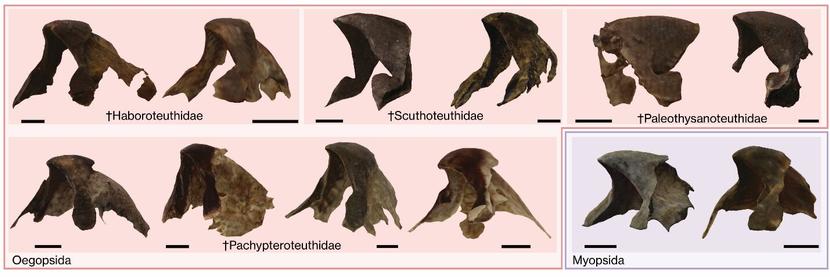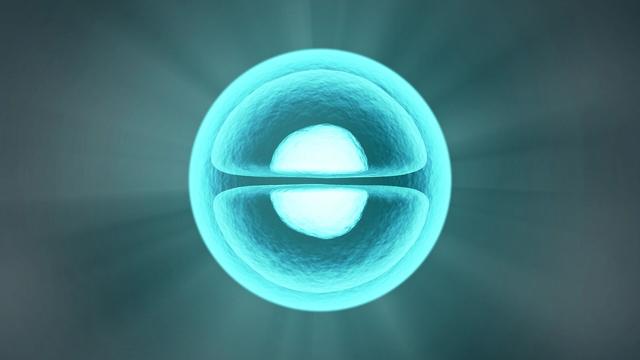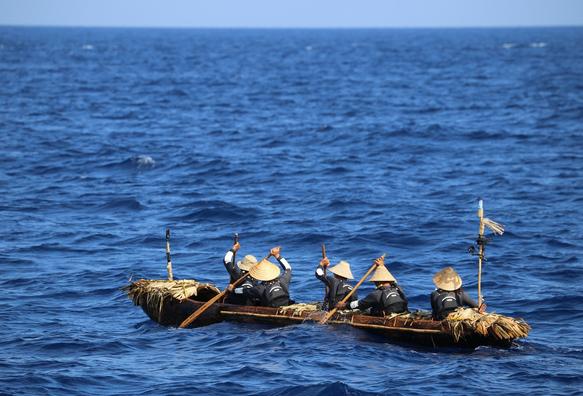Altiplano agricultural origins was a process of economic resilience, not hardship: Isotope chemistry, zooarchaeology, and archaeobotany in the Titicaca Basin, 5.5-3.0 ka
Results in this study challenge the current view that the transition to food-producing economies entailed diet-breadth expansion and increased plant-food consumption.
Rather, the Andean Altiplano case reveals surprising dietary stability across the transition from foraging to farming economies.
Both forager and early farmer diets were primarily composed of C3 plants with lesser caloric contributions from large mammals, including camelids and deer.
Surprisingly, this subsistence regime was maintained for some four millennia despite human population growth across the Archaic and Formative periods at the Altiplano. Although it is likely that during this transition period in Kaillachuro and Jiskairumoko, there was a gradual and flexible integration of domestic crops into the diets of Archaic foragers, reflecting a mosaic subsistence transition rather than an abrupt shift to agriculture.
The Andean case thus represents a remarkable case of economic resilience in the face of demographic and economic transformation.
Evidence for expanding trade networks and archery technology during the Terminal Archaic Period suggests that social and technological innovations are the likely explanations for subsistence stability across the forager-farmer transition.
This feat of resilience not only allowed Andean Altiplano populations to maintain previously successful dietary regimes but also resulted in the domestication of plants and animals that would go on to fuel the later emergence of urban centers, intensive agricultural strategies, and some of the world’s most expansive socioeconomic systems, including the Tiwanaku and Inca phenomena.
https://journals.plos.org/plosone/article?id=10.1371/journal.pone.0325626&utm_source=pr&utm_medium=email&utm_campaign=plos006#sec012






